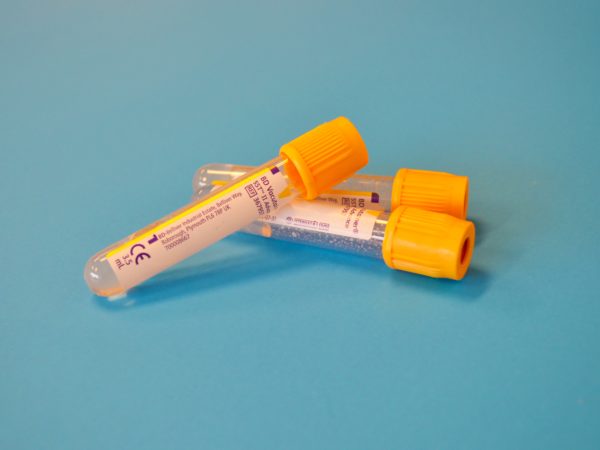An NHMRC Partnership Project is set to increase children’s activity levels in Victorian primary schools.
Deakin University researchers have found that reducing the time a child is seated by thirty minutes a day has significant health benefits.
A Deakin team and their partners have just received a major Partnership Project grant from the National Health and Medical Research Council (NHMRC), valued at $550,000 over five years. The grant will support a full-scale initiative to reduce the time children are seated in all Victorian primary schools, by rolling out a successfully trialled program, called Transform-Us!, which was developed by Deakin researchers and their partners through a previous NHMRC grant.
Partners in the new project include: Vic Health, the Department of Education and Training, Victorian Independent Schools, Victorian Principals’ Association, The Australian Council for Health, Physical Education and Recreation (ACHPER) Victorian Branch, and Peak Phys Ed.
The project will be disseminated by the Department of Education and other partners, with its effectiveness evaluated by Deakin researchers, using “implementation science” – the science of integrating evidence into practice.
Project leader, Professor Jo Salmon, Co-Director of Deakin’s Institute for Physical Activity and Nutrition, said that Transform-Us! achieved an hour of extra activity during recess and lunch breaks and 2.8 hours less of sitting time for participants each week. The program involved a trial group of 1600 children, aged eight to nine, in 20 Victorian schools over two-and-a-half years.
“With that additional activity, we saw improvements in the children’s Body Mass Index, waist circumference, cholesterol levels, and improved levels of Vitamin D,” Professor Salmon said.
[testimonial_text]Increased activity also has benefits for cognitive outcomes, including scholastic performance, class behaviour and mental health.[/testimonial_text]
[testimonial_picture name=”Prof Jo Salmon” details=”Co-Director, Institute for Physical Activity and Nutrition”]
[/testimonial_picture]
“Four out of five Australian children currently fail to meet physical activity guidelines, putting their present and future health at risk.”
For the new phase, the partners have set a target of reaching 40 per cent of Victorian children by 2020, with all 1786 Victorian primary schools having adopted the strategies.
An important innovation of Transform-Us! is that, rather than targeting physical education classes – like most programs that aim to increase children’s activity – it focusses on class time, lunch and recess breaks and after school times. Teachers are provided with strategies to incorporate activity during class and homework periods, whether it be moving around the room to measure furniture, walking down the street for geography homework, or the myriad other ways they can learn out of their seats.
While schools are given “ownership” as to how they introduce the changes, recommended initiatives include: signage promoting physical activity in the school playground, classroom sets of sports/circus equipment, timers to monitor extended sitting, standing easels, two-minute active breaks every 30 minutes of seated class time, and active homework.
“For almost 70 per cent of the school day, children are sitting down,” said Professor Salmon. “Teachers and parents may think that incorporating regular activity during class time will disrupt the class, but in fact, it has the opposite effect. It helps to refocus the students. Children are not designed to be sedentary for hours at a time.”
Another key element of the program is its focus on both children’s activity and sitting time.
Professor Salmon explained that there is strong evidence that regular physical activity from a young age benefits children’s cardio-metabolic health, bone health, fitness, mental health, cognitive development and academic results. There have been far fewer studies on the impact of prolonged sitting on children’s health, but recent evidence has found positive associations between prolonged sitting in 8-9 year olds and endothelial and inflammatory markers.
Studies with adults have also shown detrimental health effects of sitting, including elevated blood glucose, overweight/obesity, cholesterol/lipids, blood pressure/hypertension, type 2 diabetes, and the metabolic syndrome from prolonged sitting.
“Our hope is that our findings will illustrate the effectiveness of this program at scale so that it can be rolled out nationally and become part of routine best practice in schools,” said Professor Salmon.



